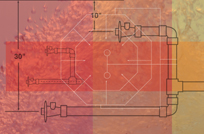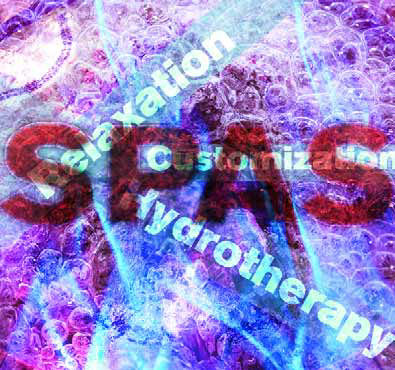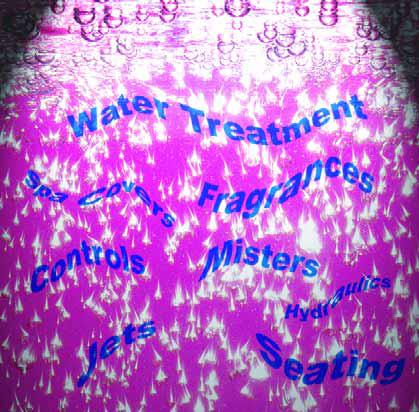blowers
Waterway Plastics (Oxnard, CA) has released its 2018 Pool & Spa Product Buyer’s Guide, a…
PAL Lighting USA (Tucson, AZ) has introduced the Touch 5 wireless control. Designed with five…
People who design and build swimming pools with attached spas are always on the lookout for ways to differentiate themselves in the eyes of the client. The spa, I think, is the perfect place to start. But the cold fact is that a great many watershapers who build spas do so very conservatively, whether out of habit or
It seems like ages ago, those glowing days when a spa – whether separate from or connected somehow to a swimming pool – stood on the absolute cutting edge of residential watershaping. These days, by contrast, systems designed to deliver hot water and hydrotherapy to our clients have become so familiar that they’re almost taken for granted. From what I’ve heard, it’s almost reached the point where discussions leading up to some of the best custom projects are treating spas as
Last time, we began a discussion of giving our clients the satisfying hot-water experience they crave with a review of basic design principles and coverage of a range of materials-selection issues. Translating the good on-site positioning and great materials we surveyed in February into a luxurious spa experience requires the designer to have an advanced understanding of the technology at work in hydrotherapy as well as a grasp of the spectrum of options available to drive and control hot-water systems. Before we address those key topics, however, it bears
Of all the features associated with inground swimming pools, attached spas almost certainly have the most complex designs. Achieving proper hydrotherapy-jet action requires the interweaving of air lines, water lines, fittings, jets and associated pumps, blowers and motors in a way that delivers results the customer wants and expects. And making mistakes is definitely costly: Once the plumbing is set in concrete, there's no easy way of turning back. The bottom line: You have to get it right the first time! Yes, you can adjust inground systems, but it usually involves ripping out expanses of decking and chunks of the spa shell at the very least - definitely not activities that breed customer satisfaction. It's a high-stakes game, but all too often I see pool builders take an ill-advised roll of the dice by not doing the work ahead of time to make sure the


















